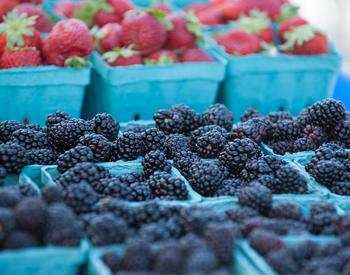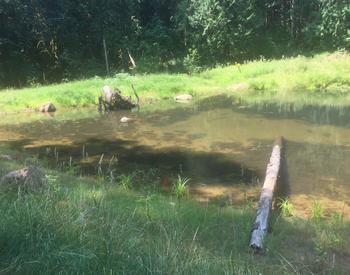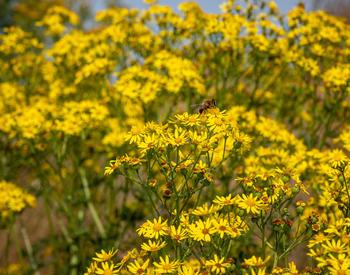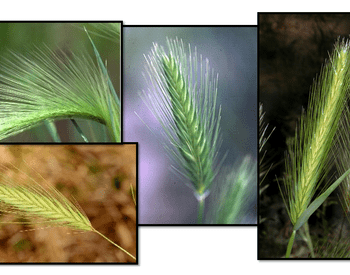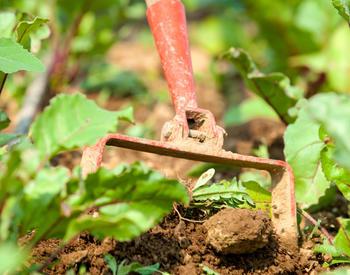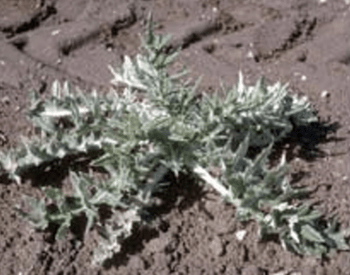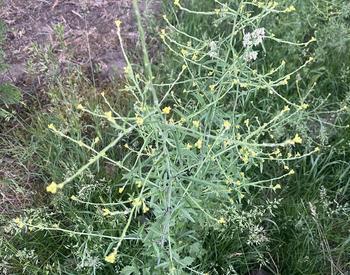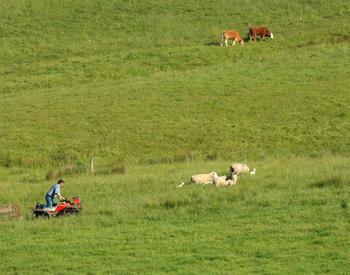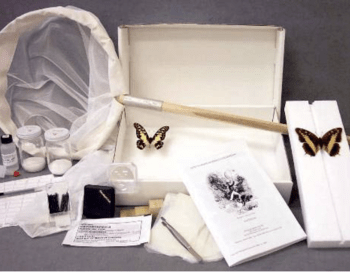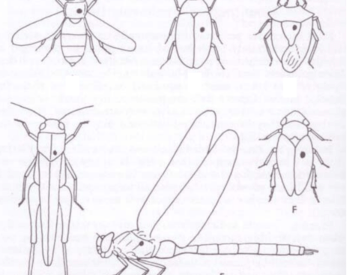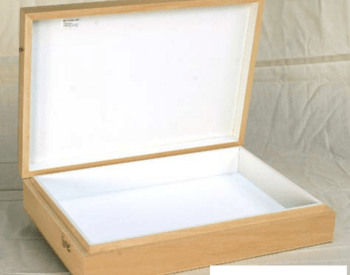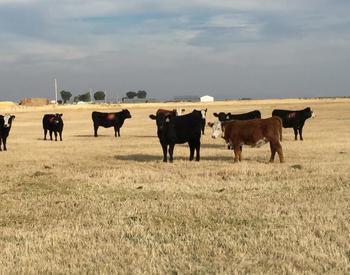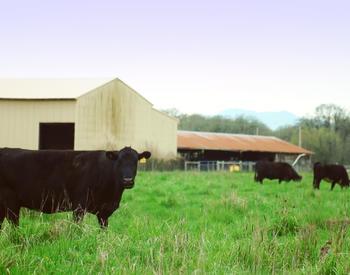What is a weed?
When temperatures warm up and plants start to grow again, you may notice some unwanted plants in your pastures and cropland.
We probably don’t need to tell you that weeds can be damaging to your farm for a variety of reasons. If you raise livestock, weeds in your pasture have lower nutritional content for your animals and some can even be poisonous. In your cropping system, weeds compete with your crops for sunlight, nutrients and water, and in some cases can make it challenging to work in your fields.
However, some plants that we commonly consider weeds can be beneficial. For instance, goldenrod is commonly considered a weed in agricultural systems, but when it grows on the periphery of a field, it can attract beneficial insects that will pollinate your crops.
Weed identification
Correctly identifying the weeds on your farm can help you determine whether you need to get rid of them, and if so, what the best way to control them may be. The Field Guide to Weeds of the Oregon Coast is a useful tool to help you identify weeds on your farm. If you’d like a professional identification, the OSU Herbarium provides a free weed identification service.
Weed management
Once you have identified your weed(s), you can develop a strategy for control. Weed control strategies can be cultural, mechanical, biological, genetic and/or chemical. In order to reduce the development of weed resistance to any one strategy and to maintain a healthy agroecosystem, it is best practice to use a mix of control methods from each of these categories when possible. This is called an integrated pest management (IPM) approach. Below is a list of resources that can be helpful in designing an IPM approach to weed management on your farm:
- The Pacific Northwest Weed Management Handbook is a print book as well as an online tool that allows you to search specific weeds and provides management recommendations.
- Manage Weeds on Your Farm: A Guide to Ecological Strategies is a publication from Sustainable Agriculture & Research Education that discusses a variety of nonchemical weed management strategies, both in general terms and with recommendations for specific weeds.
- The Oregon IPM Center is a hub for IPM research and information for the state of Oregon and includes information about research, publications and additional learning opportunities.
Noxious weeds
Some weeds are categorized as "noxious weeds" because they have a sizable economic impact on agricultural or other systems. They may be highly poisonous to livestock, particularly adept at outcompeting desired plants or cause some other type of damage. Some common noxious weeds found on farms on the Oregon Coast include slender false brome, Japanese knotweed, tansy ragwort and bull thistle.
There are countywide or statewide control programs in place for some of these weeds. Opportunities for receiving funding and/or technical support for controlling noxious weeds on agricultural lands along the Oregon Coast are also available. For more information on these opportunities, see the links below:
- Tillamook County Soil and Water Conservation District.
- Lincoln County Soil and Water Conservation District.
- Coos County Noxious Weed Control District Advisory Board.
- Curry Soil and Water Conservation District.
As always, if you have specific questions about weeds or weed management, don’t hesitate to reach out to your county’s OSU small farms coordinator or agricultural agent!
